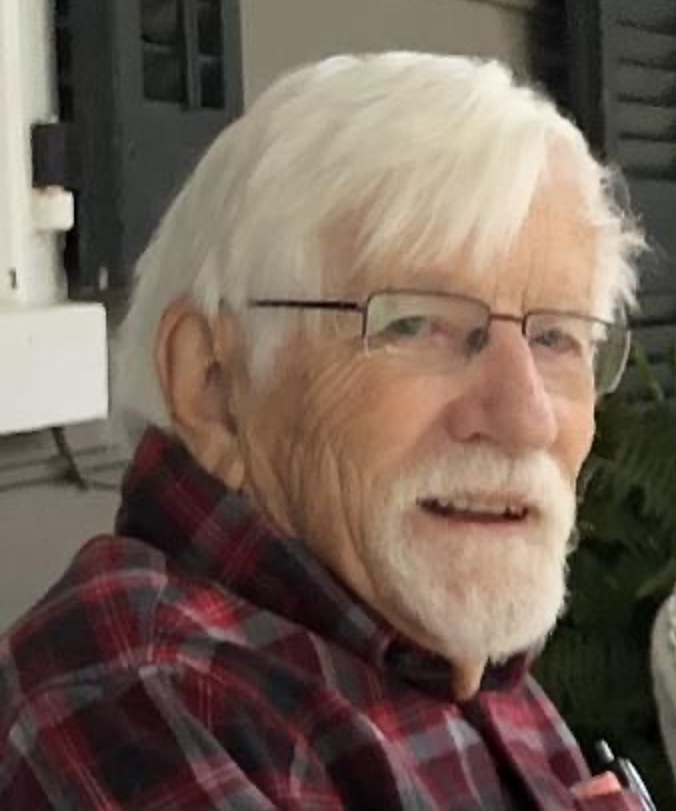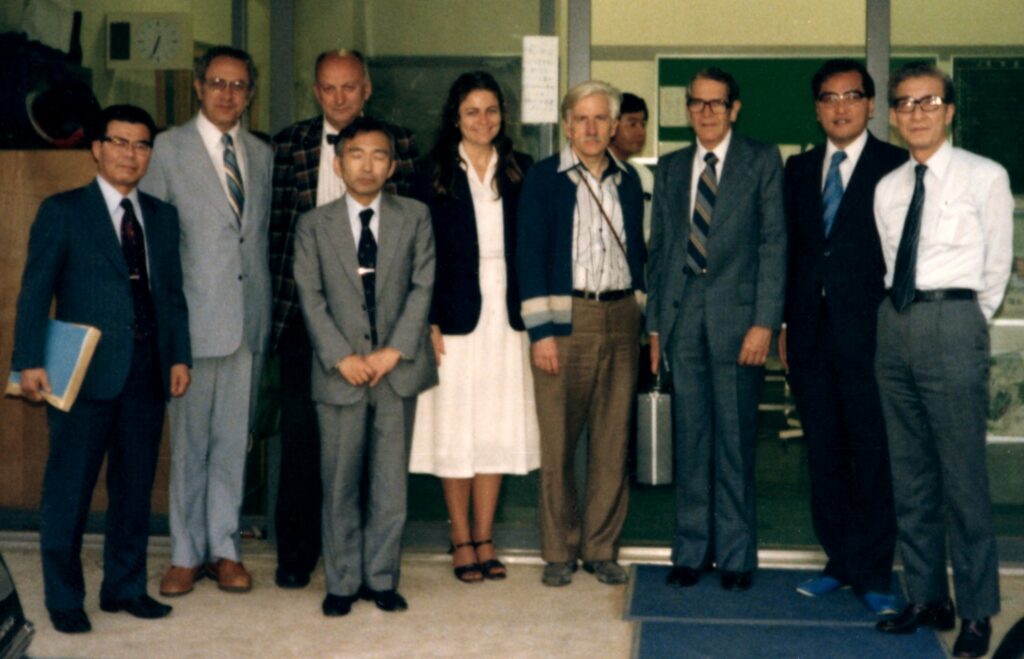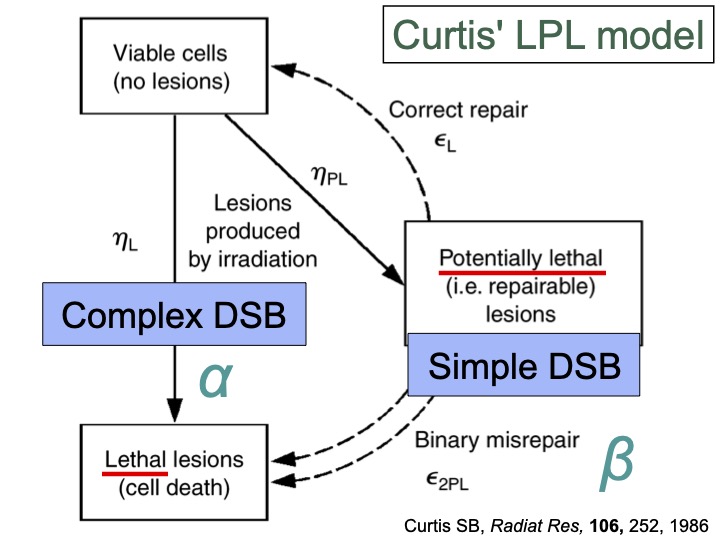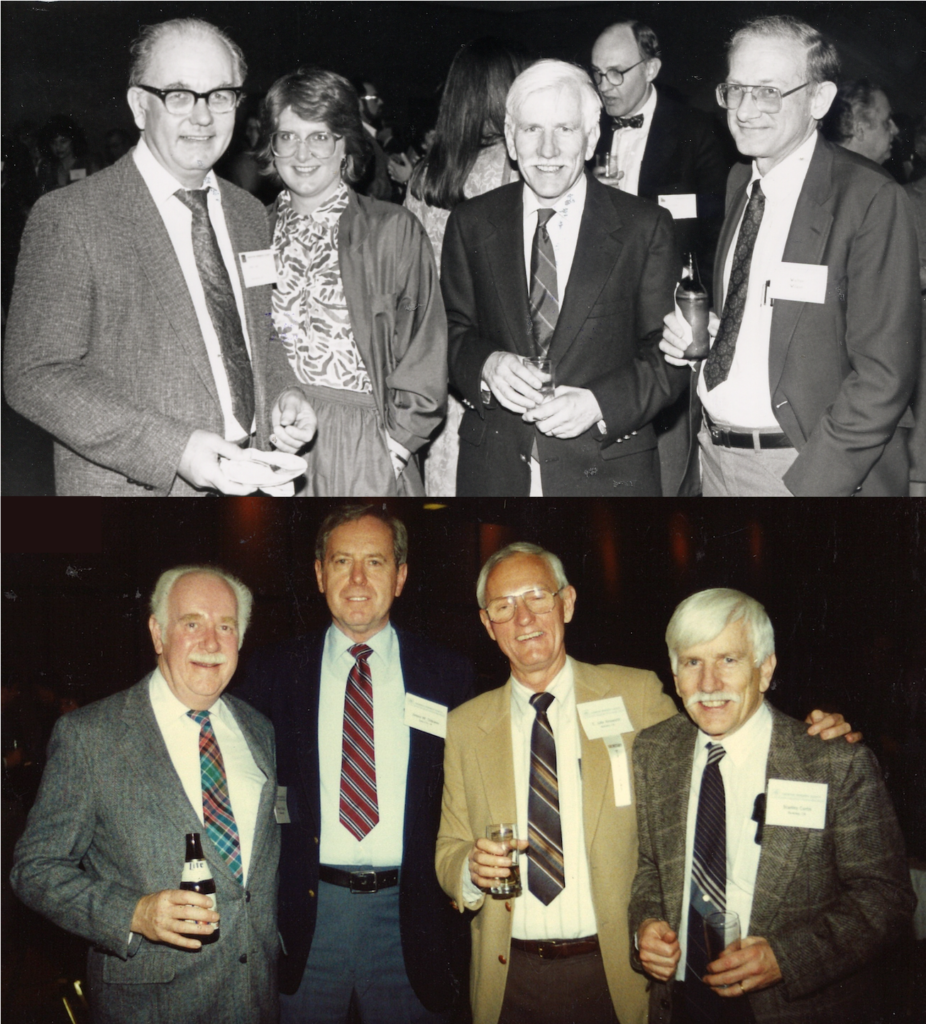
A biophysicist who dedicated his professional career to understanding the human health risks of heavy-ion exposures—such as the galactic cosmic rays encountered by space explorers—Stanley (Stan) Curtis helped write the book governing permissible radiation doses for U.S. astronauts. He was a researcher in Berkeley Lab’s Life Sciences Division for almost three decades prior to retiring in 1993. Curtis passed away at his home on Bainbridge Island, Wash., in February of this year. He was 92.
The only child of two mathematicians, Curtis grew up north of Chicago on the Lake Forest College campus. After earning a bachelor’s degree in physics at Carleton College in Northfield, Minnesota, he began doctoral studies in physics at the University of Washington under Manhattan Project veteran Seth Neddermeyer. Curtis completed his thesis on heavy-ion cosmic galactic rays using the Wilson cloud chamber to capture and study particle tracks and was awarded his PhD in 1962.
While in Seattle, Curtis became an active member of The Mountaineers alpine club as he began his life-long climbing journey in the Cascades. He would ultimately summit the Matterhorn, Mount Rainier (twice), and find his way up peaks in the Olympics, Tetons, and Sierras. In his 70s, Curtis trained for a trek in the Himalayas by hiking the Grand Canyon in a day.
Seeking to ascend to even greater heights, Curtis applied to become a NASA scientist astronaut in the early years of the U.S. space program. He made the first cut but was not ultimately selected. Still, he went on to make significant contributions to the space program through his research.
After brief stints at aerospace companies Lockheed and Boeing, he was invited to spend a year at Berkeley Lab in 1965. He joined a multidisciplinary group of scientists assembled to study the heavy-ion beams being produced at the Bevatron particle accelerator—at the time, the only facility in the country capable of simulating the spectrum of radiation native to space. That one-year contract turned into a nearly thirty-year career during which Curtis worked to understand what happens to heavy ions as they travel through matter.

He was a member of the National Council on Radiation Protection and Measurements (NCRP) which, in 1968, published guidelines that governed astronauts’ permissible exposures in low Earth orbit, where they are largely protected by the planet’s magnetic field from galactic cosmic rays. Estimates by Curtis and the NCRP indicated that during a hypothetical three-year Mars mission, astronauts would be exposed to roughly six times the maximum allowable dose equivalent for nuclear workers in the U.S. over the same period.
While at Berkeley Lab, Curtis met Mary C. Pirruccello, a UC Berkeley graduate with dual degrees in English and sociology who worked as an editor and writer for the Radiation Biophysics Group. The two were married for 42 years at the time of Curtis’s death; had a son, Benjamin, together; and co-parented Curtis’s three children from a previous marriage.

Curtis’s research interests led him to collaborative investigations of the biological effects and medical consequences of exposure to several types of high-energy radiation in cancer patients. His work included theoretical modeling of DNA damage and repair, culminating in his “Lethal and Potentially Lethal” mathematical model and its application to mixed radiation fields.
In the early 1990s, he was a member of a team led by Cell and Molecular Biology Department colleague Aloke Chatterjee that undertook studies of the human health risks of heavy-ion exposures during long-term manned space missions at the NASA-funded Specialized Center of Research and Training for Radiation Health. Curtis also developed computational models to predict the optimal material and thickness for spacecraft shielding to protect astronauts from ionizing radiation.

He was named an Eleanor Roosevelt International Cancer Fellow of the American Cancer Society and received support for a year’s sabbatical in the Netherlands. He was likewise honored as a National Institutes of Health Senior Fogarty International Fellow for a second sabbatical year in Frankfurt, Germany. During his career, Curtis received invitations to teach at institutes in Italy, Greece, and Portugal, and he presented numerous lectures at conferences and universities, both in the U.S. and abroad, allowing him to combine his love of travel with his commitment to nurturing and encouraging young scientists.
After retiring from Berkeley Lab in 1993, Curtis moved with his family to Bainbridge Island, Wash., and launched a second career at the Fred Hutchinson Cancer Research Center in Seattle. There, he continued his work modeling radiation cancer risk and radiation protection in space for NASA and the NCRP. Beginning in 2008, he served as an editor of NASA’s online encyclopedia, The Health Risks of Extraterrestrial Environments.
Ever the adventurer at heart, he enjoyed sailing the Puget Sound and downhill skiing into his 80s. Those who knew him best have reflected on his remarkable strength—in body and intellect—and unfailing kindness and humility, as well as his gift for distilling the complex into the essential.



